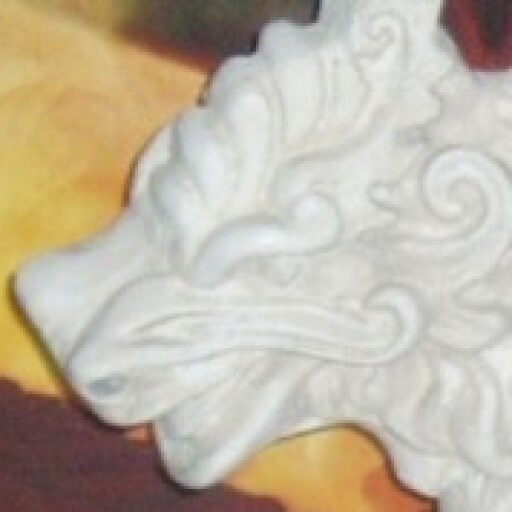Use a burn down list to keep from running out of ideas
When I came across the above tweet from SlyFlourish in my feed the other day I tagged it as something to follow-up on as it hit a nerve with me.
In one of my many roles at my day job I manage projects and tweet speaks to a tool used in Agile Project Management – the burn down list (or chart) and it definitely has it’s place at the gaming table.
For those that aren’t familiar with the tool, the burn down list, in a nut shell, is a listing of everything and the kitchen sink you’re hoping to accomplish when creating a new product. It forms the basis of scheduling what is done in what order, the goal is always have a usable product at the end of any given development cycle (typically called a sprint and lasting 2-4 weeks). Depending on the project (and management) that list can change frequently, both in what is included on it and the priorities.
I’m sure you can see where this would be useful as a GM running a campaign.
Think of the campaign as your product and any given session as a cycle or sprint.
Create your burn down list
Go ahead, list out everything you’d like to accomplish in your campaign. Don’t limit yourself to just the next session, what would you like to have included? Be sure to add in everything, locations, NPC types, rewards, anything you can think of.
Don’t organize it, just get everything out of your head.
Share it with your players
Take some time out of your next session to show the list to your players. As you go over the list be sure to share your thoughts about why some of those items are on the list. It’s okay to not share those things you want to keep as a surprise for your players but give them a sense of where you are going with this – and explain that it’s to help you remember to insert these things over time.
Get your players’ input
This is always the tricky part, ask your players for input. Some of your group may give you a mountain of items and others will sit there quietly and not share anything, try and get everyone to add something to list. This will give them a sense of ownership with the campaign as well, they have a vested interest, after all, they had a say in some of what’s going to happen.
Set some priorities
Not everything can happen at once so take your list and prioritize it. You don’t have to go through and put a priority number on everything, in fact I wouldn’t, just lump them together in a high, medium, low, type system (you can use more levels if you want). Be sure to have your players give you an idea of what they feel are some high and medium type priorities, again to help establish that they are contributing to the campaign.
Add them to a session
I know there’s a tendency when you have a list to just start at the top and check them off as you work your way down, but I would recommend against that. You have this list (possibly massive), take your time, think through the campaign plot (you have one of those right?) and what will work, short, medium and long term, and then add a few to your current session.
You may find that items lower on your list make it into your session list, that’s okay, in fact you should mix things up. You don’t want to run out of high priority items in session five and then wonder what you’re going to do going forward to keep everyone’s attention.
Review and update
The last thing I would add is that it’s important to review the list and update it. After a few sessions things that seems like a high priority may no longer be relevant to what the part is doing and some item way down on page 42 is now the focus – it’s okay to revise the list, go ahead and do it.
Be sure to include your players too. Every few sessions ask them what they would like to see more of, added, or just plain dropped – keep them involved with the overall campaign picture.
Have you every created a list and used it to drive your campaign and sessions? If so, why not share a bit of what you’ve learned in the comments.
May your dice roll well.

